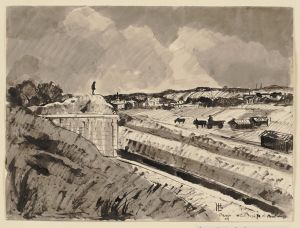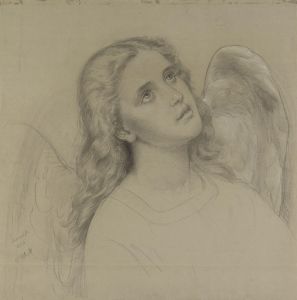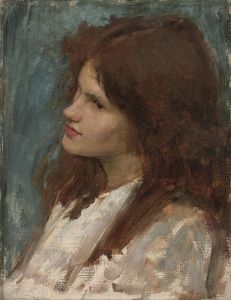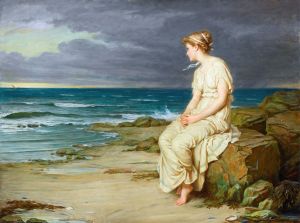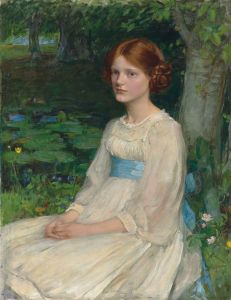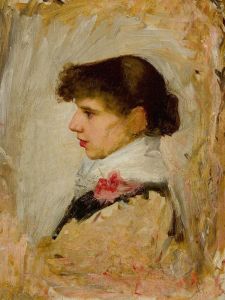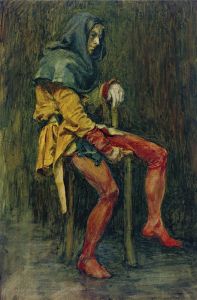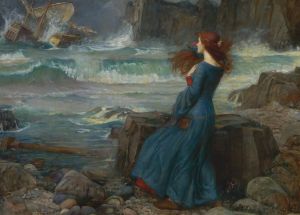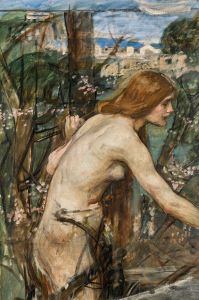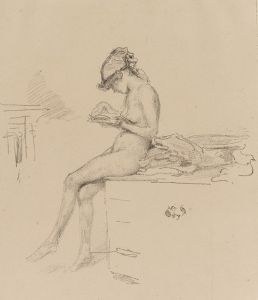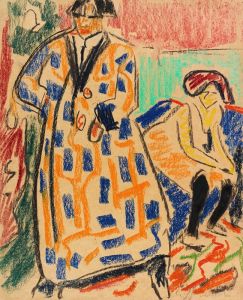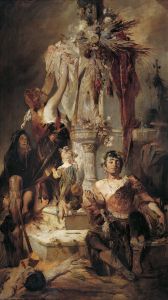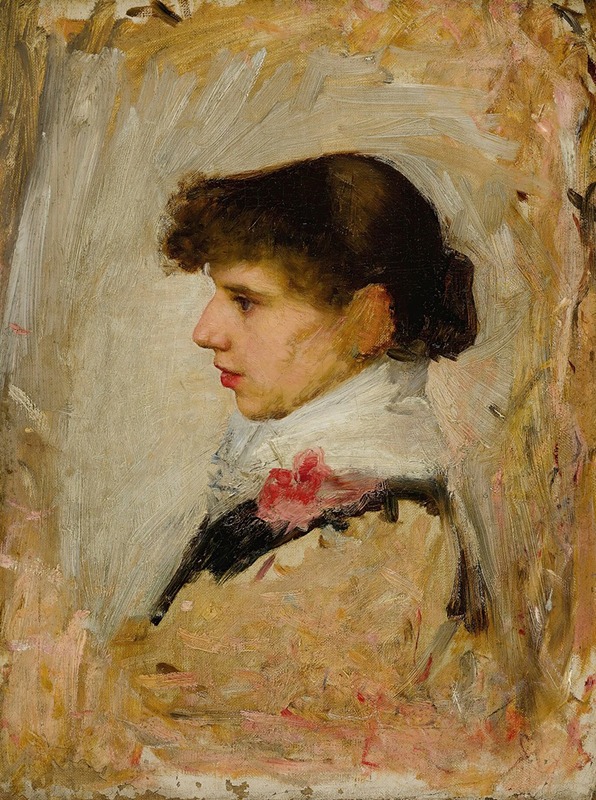
Head of a model
A hand-painted replica of John William Waterhouse’s masterpiece Head of a model, meticulously crafted by professional artists to capture the true essence of the original. Each piece is created with museum-quality canvas and rare mineral pigments, carefully painted by experienced artists with delicate brushstrokes and rich, layered colors to perfectly recreate the texture of the original artwork. Unlike machine-printed reproductions, this hand-painted version brings the painting to life, infused with the artist’s emotions and skill in every stroke. Whether for personal collection or home decoration, it instantly elevates the artistic atmosphere of any space.
John William Waterhouse was a renowned British painter associated with the Pre-Raphaelite Brotherhood, although his career extended into the early 20th century, well after the original movement had dissipated. Waterhouse is best known for his large-scale paintings of classical and literary subjects, often featuring women in mythological or historical settings. His work is characterized by its vivid color, attention to detail, and romanticism.
"Head of a Model" is one of Waterhouse's lesser-known works, and there is limited information available about this specific painting. It is important to note that Waterhouse frequently created studies and sketches of models as part of his artistic process. These studies often served as preparatory works for his larger, more complex compositions. In many cases, these studies focused on capturing the delicate features and expressions of his subjects, which were typically women.
Waterhouse's choice of models and his portrayal of them were integral to his artistic vision. He often depicted women with a sense of grace and introspection, and his studies of models reflect this focus. The "Head of a Model" likely exemplifies Waterhouse's skill in rendering the human face with sensitivity and precision, capturing the nuances of expression and the play of light and shadow across the features.
While specific details about "Head of a Model" are scarce, it is consistent with Waterhouse's broader body of work, which often explored themes of beauty, mythology, and emotion. His paintings frequently drew inspiration from classical literature, including works by Homer, Ovid, and Shakespeare, as well as Arthurian legends. Although "Head of a Model" may not directly reference these themes, it is part of the artist's overall exploration of the human form and expression.
Waterhouse's technique was influenced by the Pre-Raphaelite emphasis on realism and detail, as well as the use of vibrant colors and complex compositions. His ability to convey emotion and narrative through his subjects' expressions and postures is evident in both his major works and his studies. The "Head of a Model" would have been an exercise in capturing the essence of his subject, a skill that Waterhouse honed throughout his career.
Despite the lack of specific information about "Head of a Model," it remains a testament to Waterhouse's enduring interest in the human figure and his ability to convey depth and emotion through his art. His legacy as an artist is marked by his contributions to the Pre-Raphaelite movement and his continued influence on the depiction of mythological and literary themes in art.






